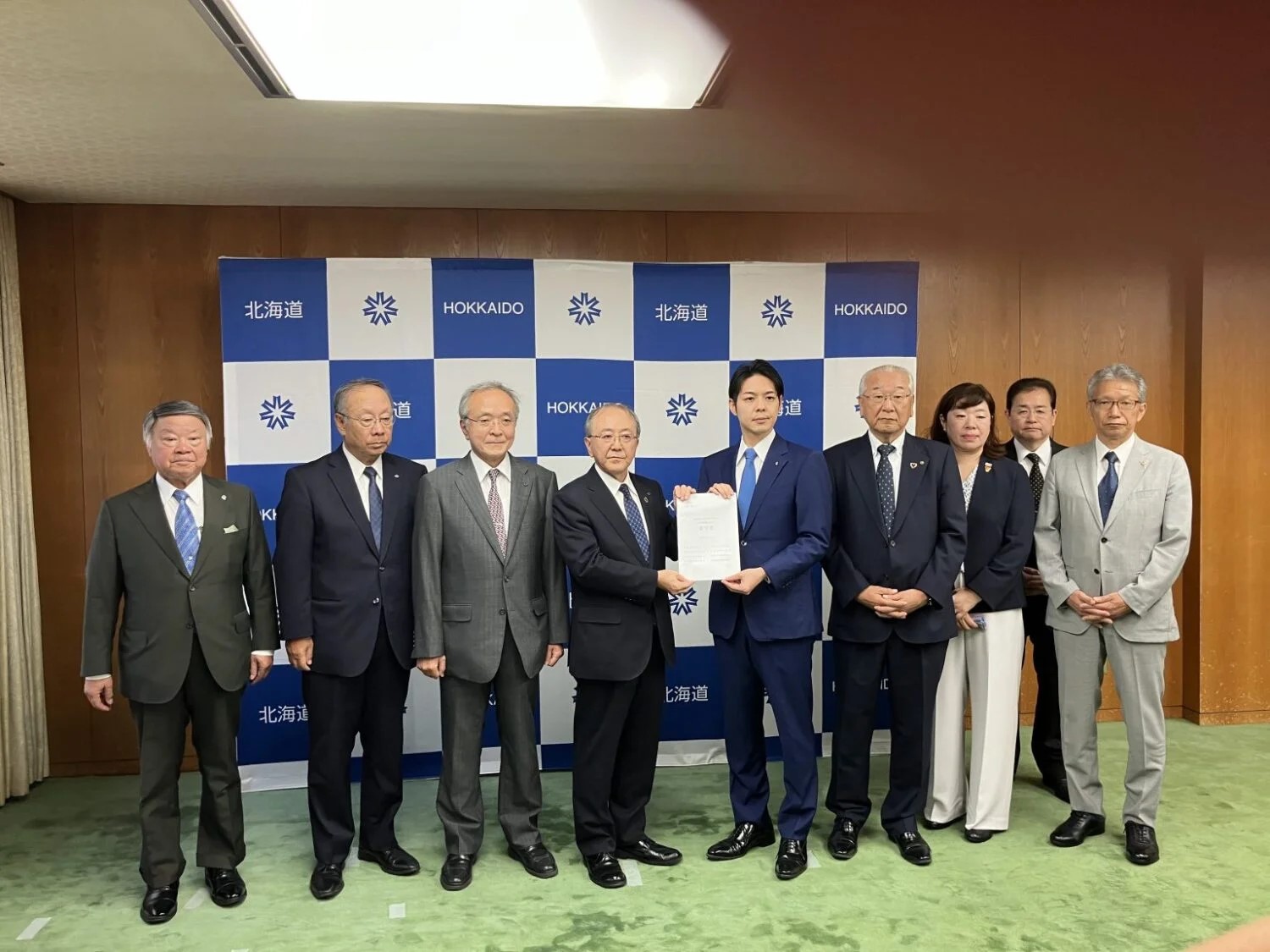In addition, Shimane-1 was also designated by the Chugoku Electric Power Co. its owner and operator, for decommissioning on April 30.
Each designation was made in response to the 40-year limit on reactor operation imposed after the March 2011 accident at the Fukushima Daiichi Nuclear Power Station. With the five designations, the total number of domestic NPPs in Japan deemed still serviceable has been reduced to 43.
The actual decisions to decommission the five NPPs were made in March, after comprehensive considerations of all factors — including the power companies’ need to maintain supply capacities — were weighed against the time and cost needed for safety measures and the like. The power companies will henceforth carry out the necessary safety inspections toward the decommissioning.
On April 27, Kansai EP released a comment saying that it appreciated the understanding and cooperation of local communities during the many decades of operation of the two Mihama reactors it plans to decommission. It also announced a plan to carry out safety inspections of the emergency power generators and fuel storage facilities necessary for the decommissioning work. The inspections for that require about one month, and will start in early May.
While it decommissions the two reactors, Kansai EP continues to aim for the restart of its nine other NPPs in Fukui Prefecture, including Takahama-3 and -4, both of which have cleared examinations by the Nuclear Regulation Authority (NRA). It will maintain its policy of using nuclear power as its main power source.
Mihama-1 (PWR, 340 MWe) and -2 (PWR, 500 MWe) were commissioned in November 1970 and July 1972, respectively. In August 1970, during trial operations at an output of 10MWe, Unit 1 historically transmitted power to the site of Expo ’70 in Osaka. Kansai EP once considered steps to operate the two units for more that 40 years. It eventually determined, however, that the huge costs for safety measures could not be recovered due to the units’ low outputs, and instead decided to decommission them.
According to the power company, decommissioning costs for the two units are expected to run about JPY67 billion (USD563 million at USD1=JPY119). The decommissioning process is expected to require three decades or so. The company will cooperate in the work with a foreign company, to be chosen through bidding, that possesses relevant expertise.



-049.jpg)
.jpg)











